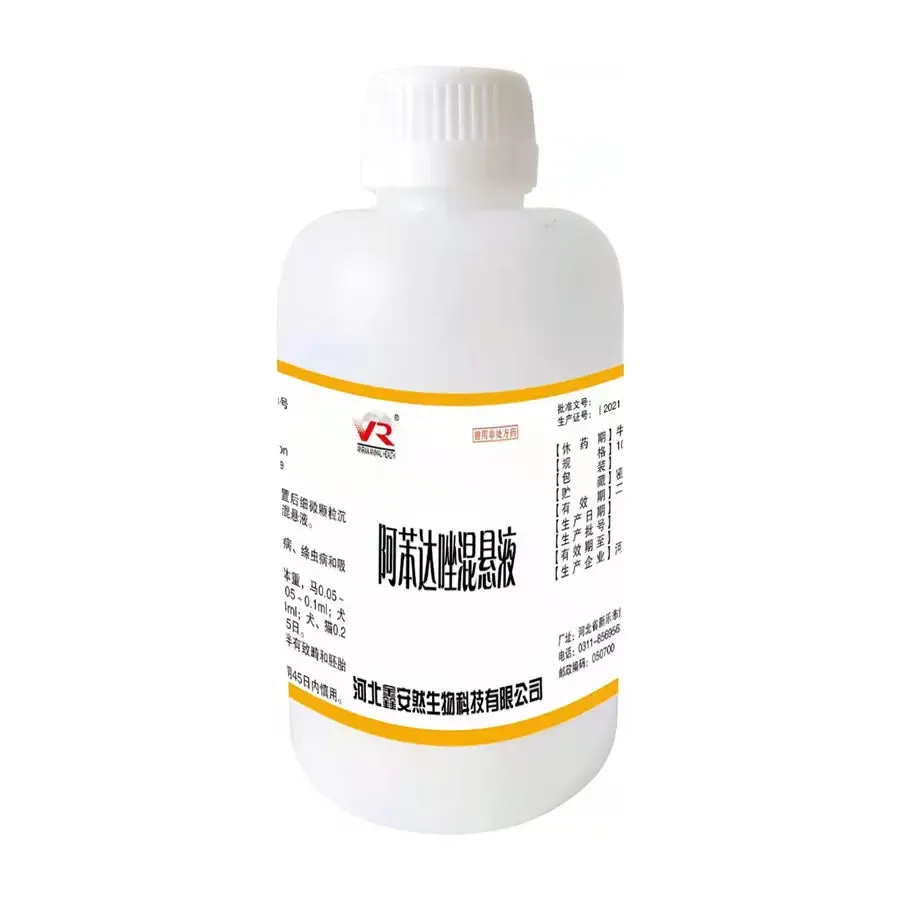- Afrikaans
- Albanian
- Amharic
- Arabic
- Armenian
- Azerbaijani
- Basque
- Belarusian
- Bengali
- Bosnian
- Bulgarian
- Catalan
- Cebuano
- Corsican
- Croatian
- Czech
- Danish
- Dutch
- English
- Esperanto
- Estonian
- Finnish
- French
- Frisian
- Galician
- Georgian
- German
- Greek
- Gujarati
- Haitian Creole
- hausa
- hawaiian
- Hebrew
- Hindi
- Miao
- Hungarian
- Icelandic
- igbo
- Indonesian
- irish
- Italian
- Japanese
- Javanese
- Kannada
- kazakh
- Khmer
- Rwandese
- Korean
- Kurdish
- Kyrgyz
- Lao
- Latin
- Latvian
- Lithuanian
- Luxembourgish
- Macedonian
- Malgashi
- Malay
- Malayalam
- Maltese
- Maori
- Marathi
- Mongolian
- Myanmar
- Nepali
- Norwegian
- Norwegian
- Occitan
- Pashto
- Persian
- Polish
- Portuguese
- Punjabi
- Romanian
- Russian
- Samoan
- Scottish Gaelic
- Serbian
- Sesotho
- Shona
- Sindhi
- Sinhala
- Slovak
- Slovenian
- Somali
- Spanish
- Sundanese
- Swahili
- Swedish
- Tagalog
- Tajik
- Tamil
- Tatar
- Telugu
- Thai
- Turkish
- Turkmen
- Ukrainian
- Urdu
- Uighur
- Uzbek
- Vietnamese
- Welsh
- Bantu
- Yiddish
- Yoruba
- Zulu
Жел . 01, 2024 23:01 Back to list
how to inject ivermectin in a cow
How to Inject Ivermectin in a Cow A Comprehensive Guide
Ivermectin is a widely used antiparasitic agent in veterinary medicine, particularly for treating internal and external parasites in livestock. Cattle, being prone to various parasitic infections, can benefit significantly from ivermectin treatment. Administering it correctly is essential to ensure the health and well-being of the animal while minimizing stress and risks associated with injection. This article will guide you through the process of injecting ivermectin in cows.
Understanding Ivermectin
Ivermectin works by disrupting the nervous system of parasites, leading to their paralysis and death. It is effective against a variety of parasites, including gastrointestinal worms, lungworms, and external parasites like mites and ticks. Ivermectin is available in various forms, including injectable solutions, pour-on formulations, and oral doses. For this discussion, we will focus on the injectable form, which allows for precise dosing and is often absorbed more effectively by the animal's system.
Preparing for Injection
1. Consultation with a Veterinarian
Before administering ivermectin, it is crucial to consult with a veterinarian. They can provide appropriate dosage recommendations based on the cow's weight, age, and overall health condition. Different formulations may have varying concentrations, so professional guidance is necessary to avoid underdosing or overdosing.
2. Gather Supplies
Ensure you have the following supplies ready before the injection
- Ivermectin injectable solution - Syringe (preferably with a needle gauge of 18-20 for larger cattle) - Alcohol swabs or antiseptic wipes - Cotton balls or gauze - Restraint equipment (if necessary) - Personal protective equipment (gloves, goggles)
3. Prepare the Injection Site
Choosing the appropriate site for injection is crucial for both efficacy and comfort. The recommended site for intramuscular injection in cattle is either the neck (in the muscle just behind the ear) or the thigh.
Steps for Administering Ivermectin
how to inject ivermectin in a cow

It is essential to safely restrain the cow before administering the injection. This can be done using a halter and lead rope, or by placing the animal in a cattle chute. Proper restraint minimizes movement and helps prevent injury to both the cow and the handler.
2. Clean the Injection Site
Use an alcohol swab or antiseptic wipe to clean the area where you will inject the ivermectin. This step is crucial to prevent contamination and possible infection at the injection site.
3. Draw the Medication
Using a syringe, draw the recommended dose of ivermectin from the vial. Ensure that no air bubbles are present in the syringe, as this can lead to incorrect dosing.
4. Inject the Medication
- With one hand, hold the syringe firmly. With your other hand, pinch the skin at the injection site to create a fold. This helps to ensure that the needle enters the muscle and not just the skin. - Insert the needle at a 90-degree angle to the skin to facilitate intramuscular injection. - Once the needle is inserted, pull back slightly on the plunger to check for blood. If you see blood, this indicates that you have hit a vein, and you should withdraw the needle and choose a different injection site. - If no blood is present, slowly inject the ivermectin into the muscle.
5. Withdraw the Needle and Care for the Site
After injection, withdraw the needle quickly and apply gentle pressure with a cotton ball or gauze to prevent bleeding. Dispose of the used needle and syringe in a safe manner to prevent injury or contamination.
6. Monitor the Cow
After administering the injection, observe the cow for any immediate adverse reactions. Commonly, cows experience minimal side effects, but it’s best to keep an eye on their behavior and overall health for the next few hours.
Conclusion
Injecting ivermectin in a cow is a straightforward process, but it must be done carefully and responsibly. Always consult with a veterinarian for dosing recommendations and to ensure that ivermectin is the appropriate choice for the specific parasites affecting your cattle. By following the steps outlined in this guide, you can help protect your cattle from parasitic infections, contributing to their overall health and productivity. Proper handling and care during injection not only improve treatment outcomes but also enhance the trust and comfort of the animal in future veterinary interventions.
-
Guide to Oxytetracycline Injection
NewsMar.27,2025
-
Guide to Colistin Sulphate
NewsMar.27,2025
-
Gentamicin Sulfate: Uses, Price, And Key Information
NewsMar.27,2025
-
Enrofloxacin Injection: Uses, Price, And Supplier Information
NewsMar.27,2025
-
Dexamethasone Sodium Phosphate Injection: Uses, Price, And Key Information
NewsMar.27,2025
-
Albendazole Tablet: Uses, Dosage, Cost, And Key Information
NewsMar.27,2025













